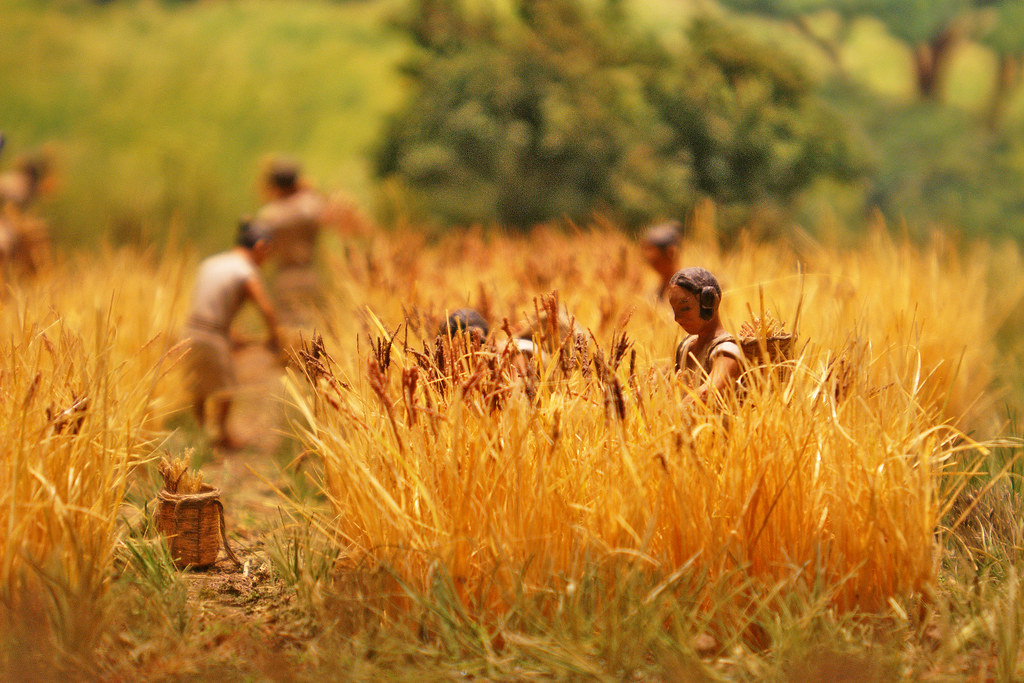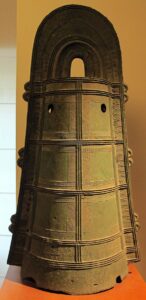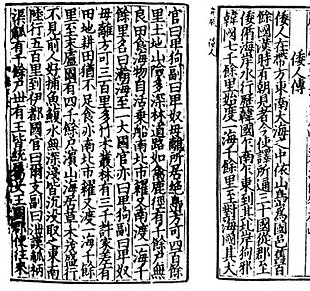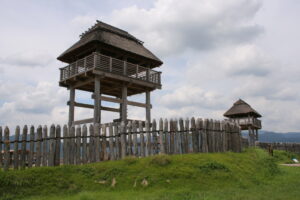
#02 The Yayoi Period
Click here to go to the YouTube video

Around the 8th century B.C.E, rice cultivation techniques originating in China were introduced to northern Kyushu in Japan via the Korean Peninsula. People from the Korean peninsula brought rice cultivation tools, new earthenware, and metal tools to Japan.

By the 6th century B.C.E., this new culture had spread to most of Japan. As a result, people’s way of life changed. This was because rice cultivation required the cooperation of many people. People worked together to cultivate the paddy fields. The harvested rice was stored in common stilt warehouses. Because of this, villages were born.
As food production increased, so did the population. As people began to accumulate wealth, a distinction was made between rich and poor. Leaders emerged who could control many people.
Villages fought with each other over the use of land and water. The more powerful villages subjugated the surrounding villages, which eventually became a unified nation.

We can learn about the state of Japan at that time from the records in the history books written in ancient China. In “the Chronicle of the kingdom of Wei”, there is a description of Himiko, the queen of the Yamataikoku kingdom. She appeared in the middle of the 3rd century A.D.. Himiko seems to have used the power of magic to subdue about 30 nations. The exact location of the Yamataikoku is still unknown and has long been disputed by researchers.
We call this era the Yayoi Period because pottery from this era was first found in Yayoi town, Tokyo. The Yayoi culture lasted until the 3rd century A.D. when the new tumulus culture emerged.

One of the best places to learn about the Yayoi culture may be the Yoshinogari Ruins of Saga Prefecture in northern Kyushu. It’s a little too far from here. I hope I can go there someday!
Thank you for reading.




